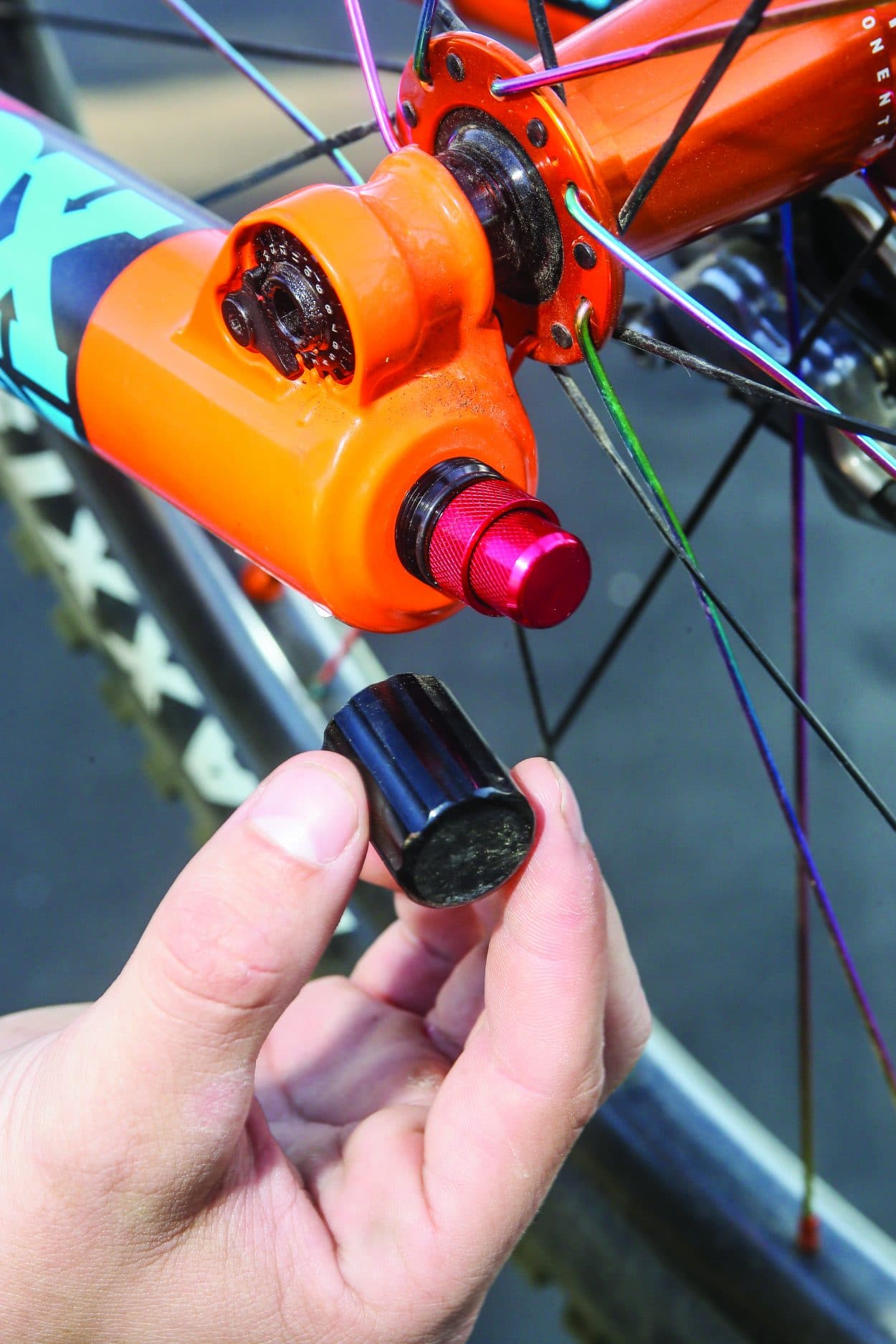ASK MBA: WHAT’S THE DIFFERENCE BETWEEN HIGH AND LOW SPEED COMPRESSION?
Damping speed confusion

ASK MBA: WHAT’S THE DIFFERENCE BETWEEN HIGH AND LOW SPEED COMPRESSION?
Q: I recently purchased a 2023 Santa Cruz Hightower that came with a Fox Factory 36 fork. This is my first “modern” mountain bike, and I am pretty confused with the differences between high- and low-speed compression and high- and low-speed rebound. I’ve been able to set it up fairly well, but still have some confusion. What exactly are the differences between high and low speed?
Alexis Beltran
California
A: This is an excellent question and something we have seen come up time and time again. First, let’s start with compression. Your Fox Factory 36 fork comes with both high- and low-speed compression settings, which affect how much your fork compresses under force. These adjustments have nothing to do with the speed of the bike; it’s all about the speed of the force or impact that goes into the fork or shock.
Low-speed compression occurs when pressing down on the shock during things like pedaling or riding over gentle obstacles on the trail. The shock absorbs the weight gradually, preventing excessive movement while riding. By adjusting the low-speed compression settings, riders can find a balance between stability and sensitivity. Increasing low-speed compression can stabilize the bike at higher speeds and boost confidence on smooth, firm terrain or while climbing. On the other hand, reducing low-speed compression enhances small-bump sensitivity. Finding the right balance depends on individual preferences and the specific terrain. Low-speed compression is just one aspect of a larger system that includes factors like spring rate and air volume.
High-speed compressions occur when encountering sudden impacts like hitting a root, rock or ledge, causing the shock to rapidly compress and absorb the impact. To handle these fast and forceful compressions, the shock’s high-speed circuit allows the oil to flow quickly, bypassing the low-speed circuit. This design prevents the shock from bottoming out on every hit and maintains better control of the bike by regulating the rate of compression during high-speed events. Without the high-speed circuit, the shock would compress too quickly and could lead to a loss of bike control.

Now, let’s talk about rebound settings, which have a direct relationship with the air pressure in your fork. The higher the air-pressure setting, the more rebound damping is required and vice versa. High-speed rebound is not related to the speed of impact, but rather responds to the magnitude of the impact. It comes into play when encountering significant hits that compress the shock through most or all of its travel. When the shock is fully compressed, the higher air-spring pressure results in a stronger and faster rebound force. As the shock begins to rebound from a major impact, it bounces back rapidly, causing the oil to flow through the high-speed rebound damping circuit. This circuit regulates the rebound rate as the shock returns from its fully compressed state. As the shock rebounds further outward and approaches its fully extended starting position, the rebound rate slows down due to reduced air-spring pressure. At this point, the oil transitions from the high-speed rebound circuit to the low-speed rebound circuit.



